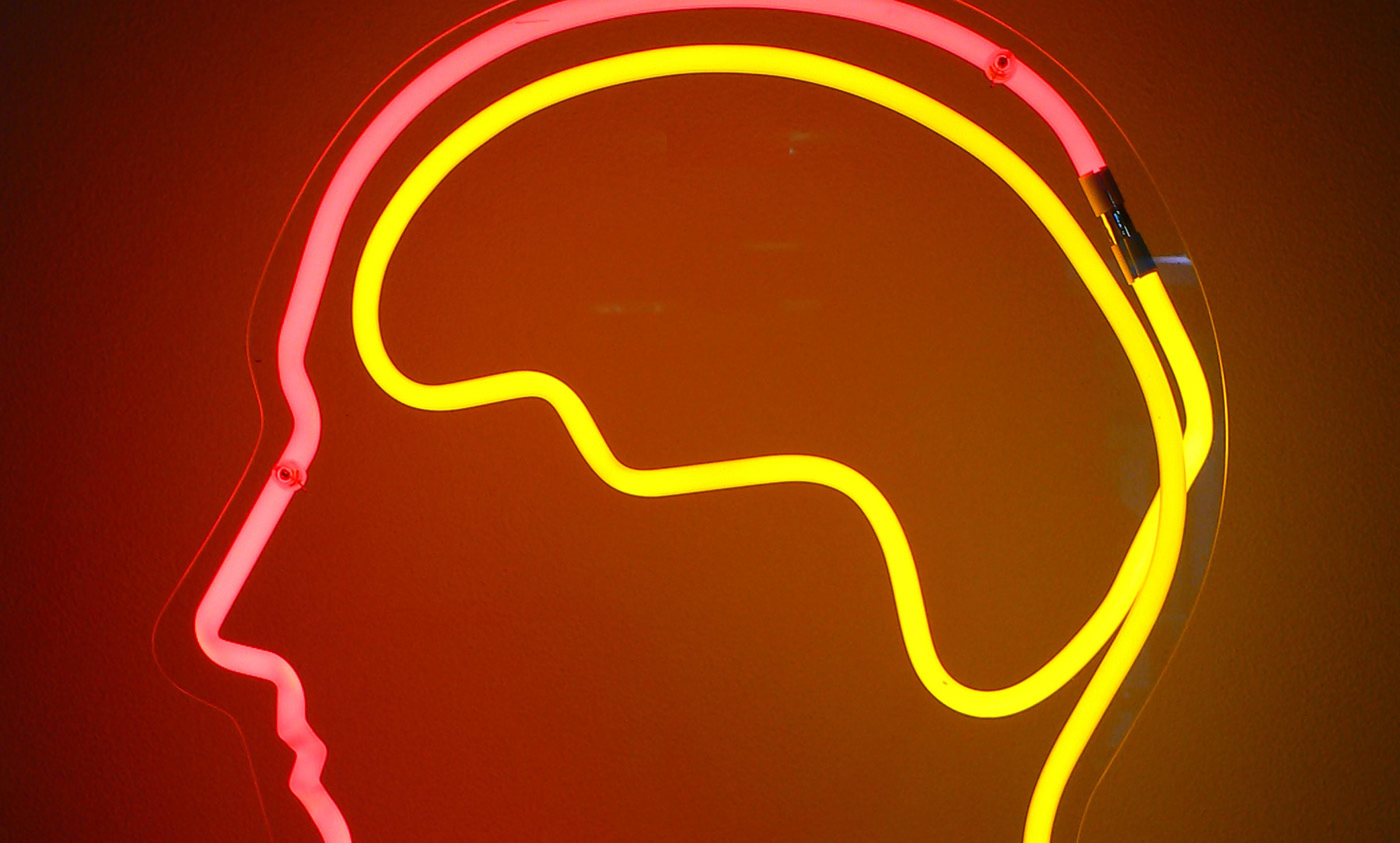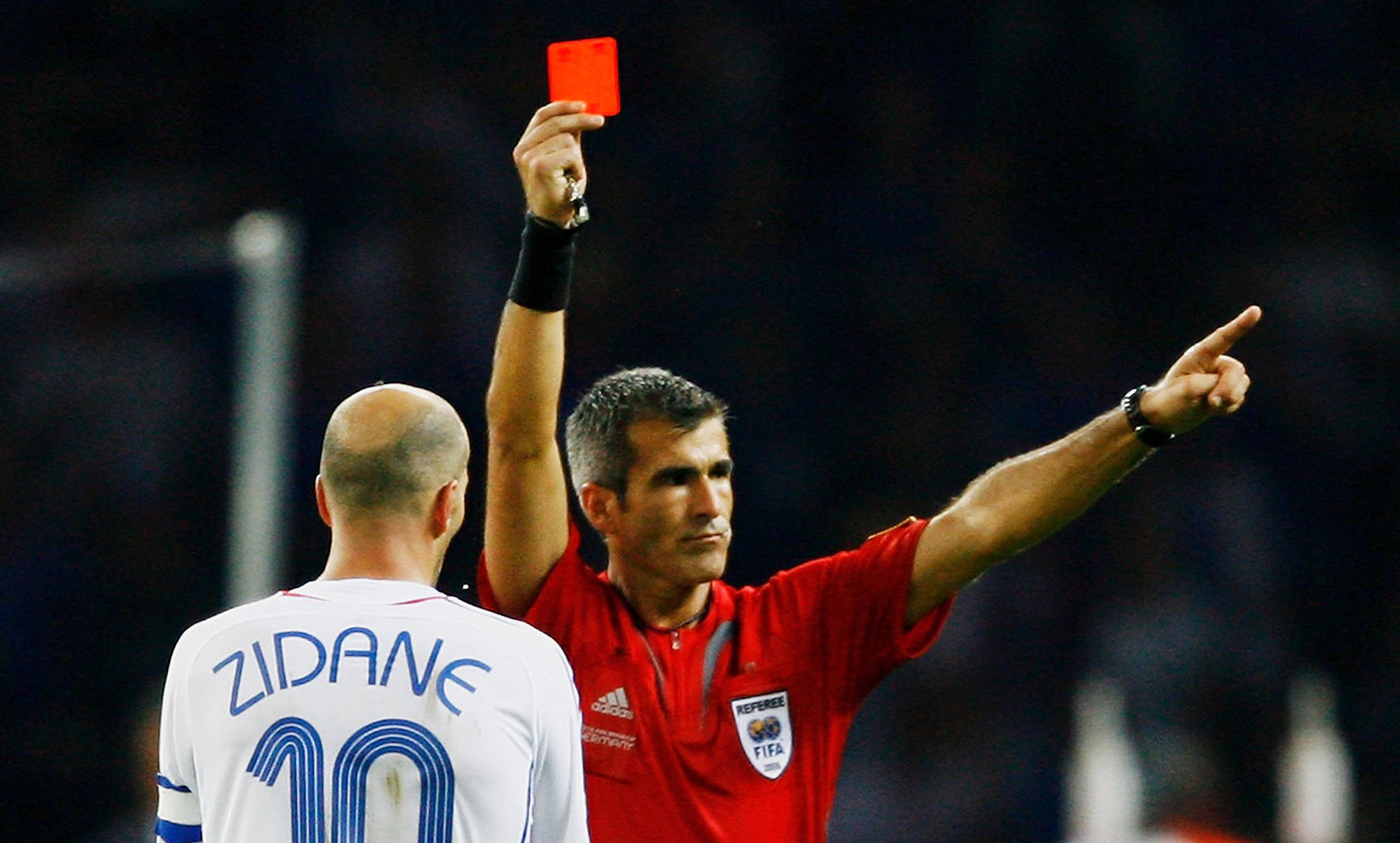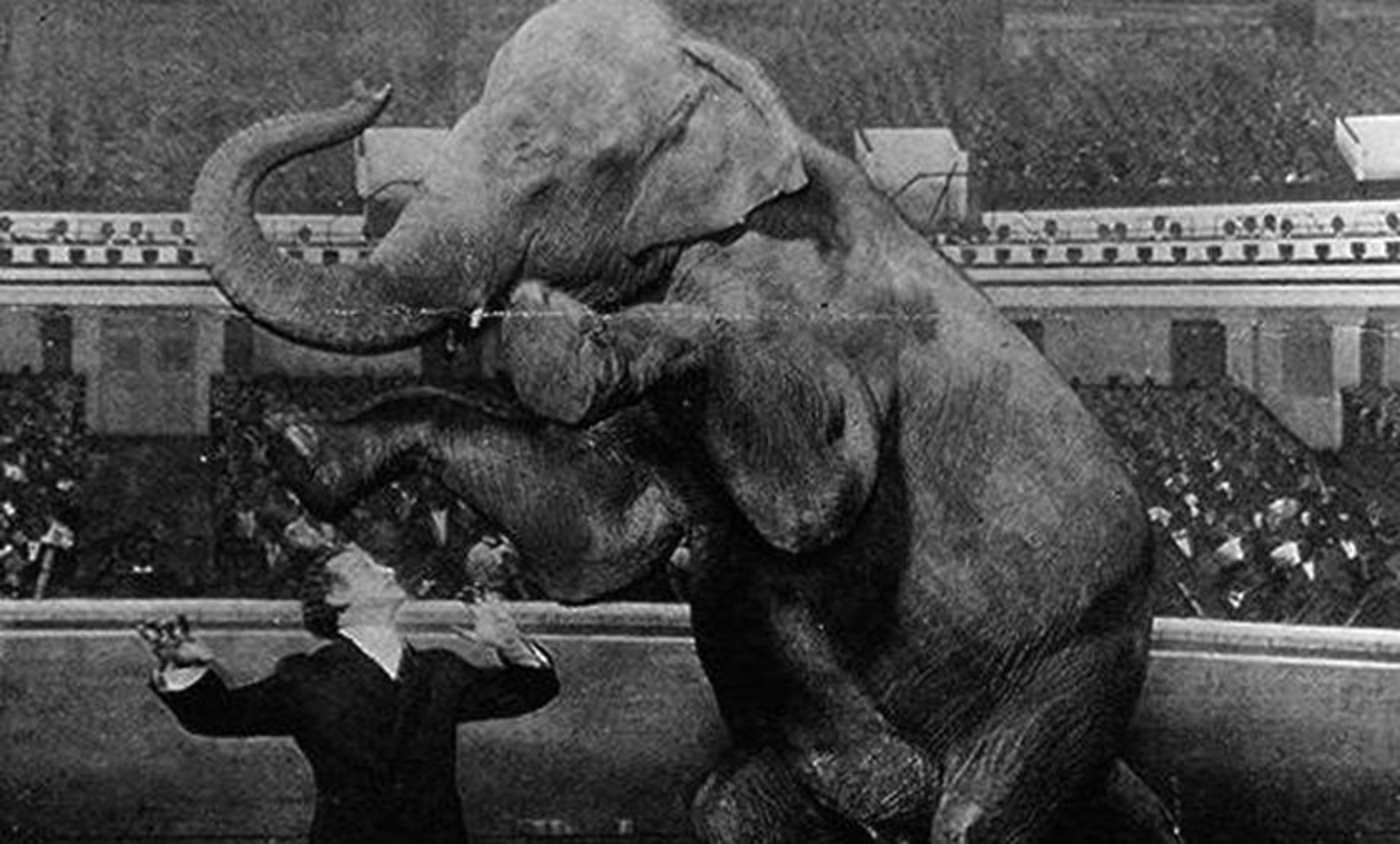Mitchell Haindfield/Flickr
Let’s say you are offered a new job in a different city, and you need to figure out whether to accept it. How are you going to do this? Most likely, you will think about what the job offer means to you: what will the new city be like? How fulfilling will the new job be? What about the pay and other benefits? How does all of this compare with where you live and work now? It’s not trivial, but in the end you’ll manage to make up your mind.
This sort of situation is a fascinating conundrum of human living – and not just because of the immediate prospects for career advancement and relocation enjoyment. What makes it exciting for cognitive scientists is that, in making this decision, you mentally represent the different factors that go into it (what it is like to accept the job, what your current situation is like, and so on), and then act based on these mental representations.
Such mental representations have two features that make them very interesting objects of study. First, they are like internal models: intermediaries between the world and your reactions to the world, and you use them – rather than the world itself – to decide what you are to do. The job offer is not like a shove that moves you out of the way of an oncoming bicycle. To the extent that it moves you at all, it does so via the way it is represented in your mind.
Second, mental representations have the traditional features of meaning. The same job offer can be represented in very different ways; and you can be mistaken in the ways that you represent life in a new city: maybe life in the British town of Maidenhead has a lot more to offer than you thought. This is different from most other things in the world. For example, the chemical reaction between baking soda, citric acid and water is not about anything, and cannot be wrong about anything. It just is what it is.
For these and related reasons, mental representations raise the question of how something such as them could have evolved. The biological world generally appears to be much like a chemical reaction: it is full of contentless pushes and pulls. Given this, one might wonder: is there even room in the biological world for such a thing as mental representations?
This question has been much discussed by philosophers over the past few decades. While there continues to be debate about the details, it has become clear that, yes, indeed, there is room in the biological world for mental representations – it is possible to ‘naturalise’ mental content. However, this does not mean that all the issues in this context have been settled. For even if it can be shown that the evolution of mental representations is generally possible, this does not yet answer the question of why organisms would use mental representations in decision-making. What do organisms gain by relying on mental content? After all, they could also just rely on a system of ‘shoves’ (as in the above case of the bicycle) to get them to do the right thing. In the language of cognitive science: organisms could also – and often do – rely on reflexes, habits or conditioned behaviours. Given this, why would organisms route their decision-making through the intermediary of a mental representation? This question has received much less attention in the literature.
The key to answering it – I suggest – is that mental representations allow the organism to reason about what the right thing to do is. Very often, organisms that rely on a system of reflexes to manage their interactions with the world have to cope with much redundancy. Many perceptions of the world call for the same behavioural response, and many behavioural responses to the world are variations on a theme. So, if it is important not to get hit by oncoming bicycles, then many different sights (red bicycles, blue bicycles, etc), sounds (bells, yells, etc), smells (rubber, metal, etc) and so on would all need to be connected with moving to the side. Similarly, there is a good chance that organisms that need to avoid oncoming bicycles also need to avoid oncoming scooters, tricycles and mopeds. In turn, this requires reflex-driven organisms to deal with a huge number of behavioural dispositions containing many patterns.
By contrast, the reliance on mental representations allows the organism to respond directly to these patterns – ie, to what is common to these many different sights, sounds and smells – and compute the best response to the situation it is in. The organism can just think: there is a large object ahead that is moving relatively fast, and the best thing to do when faced with oncoming fast-moving large objects is to get out of their way. In this way, the organism does not have to store a large number of behavioural dispositions (‘red bicycle ahead → move to the side’; ‘blue motorcycle ahead → move to the side’ etc), but it can just reason about what the right answer is. In turn, this implies that the organism can streamline its decision-making machinery.
This matters, as this kind of streamlining can be biologically advantageous. On the one hand, it likely correlates with neurobiological efficiency. A more streamlined cognitive system tends to be underwritten by a more streamlined neural system. One piece of evidence in favour of this comes from the fact that, during periods of cognitive maturation – eg, in early childhood or puberty – our neural network gets pruned: as we become more cognitively sophisticated, unnecessary synapses get culled. That’s a good thing, as neural systems are expensive to maintain. On the other hand, this kind of streamlining enables faster adjustments to changed environments. As our world changes – for example, perhaps the ever-increasing ubiquity of AI will mean that soon, we won’t need to jump out of the way of oncoming bicycles, as they will move around us – it becomes very easy to change our behaviour. We won’t have to alter a vast number of reflexes, but just need to change the way we react to a given pattern in our perceptions.
In this way, reliance on mental representations can, perhaps counterintuitively, make decision-making more, not less, efficient. And this – or so I want to suggest – is the key for unlocking the mystery of why mental representations evolved.
Efficient Cognition: The Evolution of Representational Decision-Making (2018) by Armin W Schulz is published via The MIT Press.






